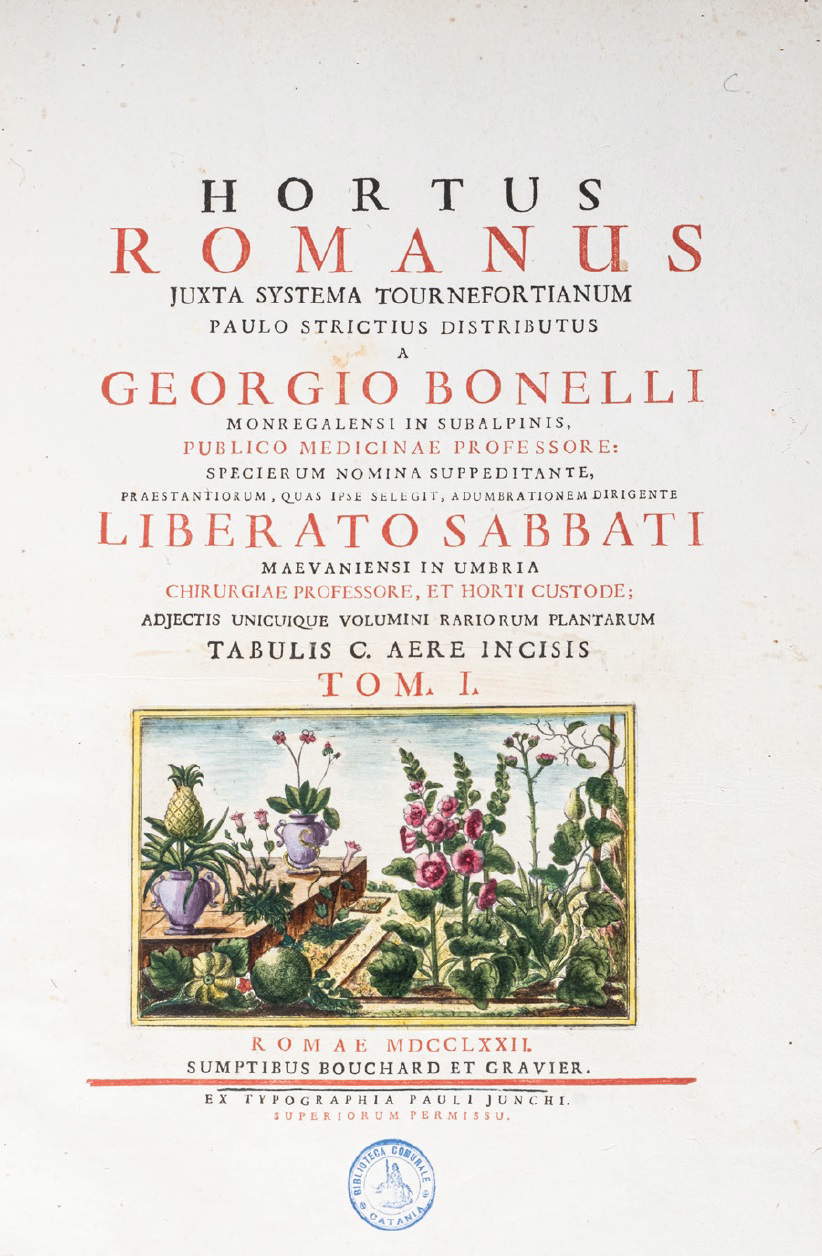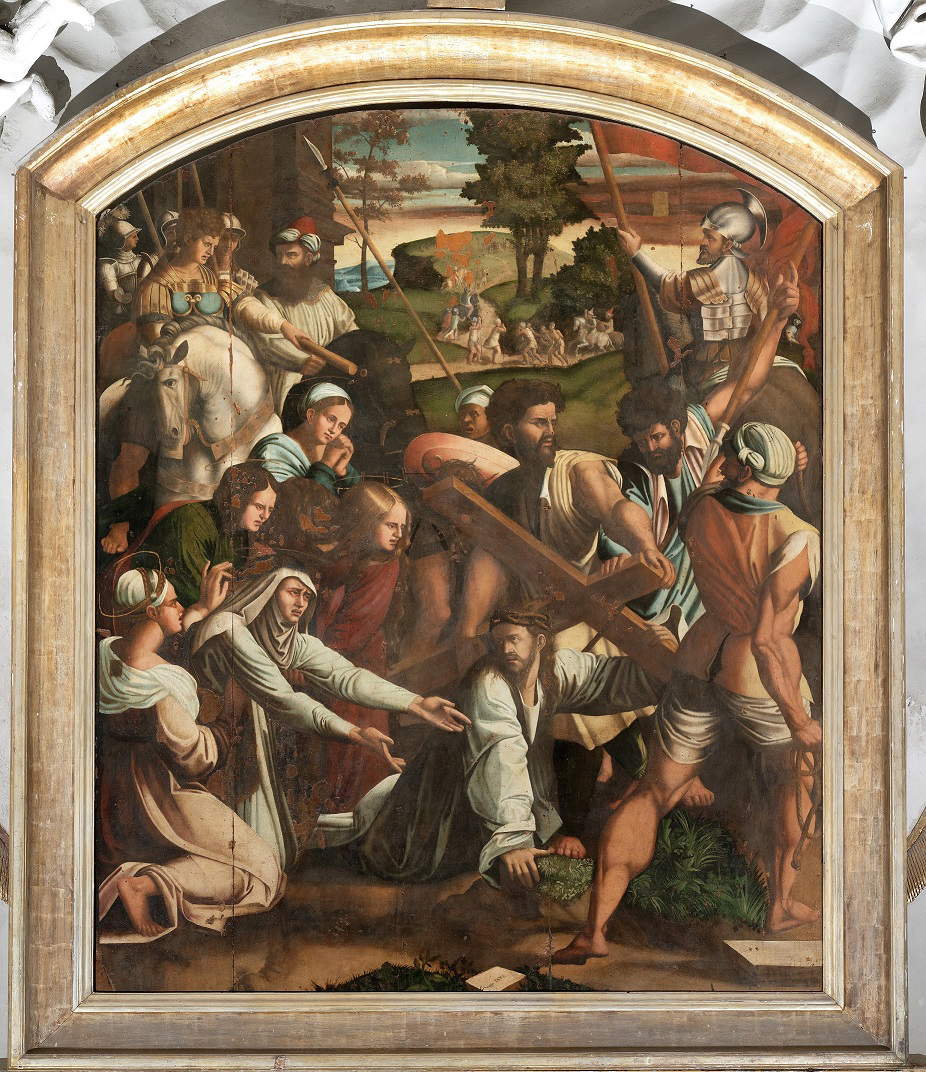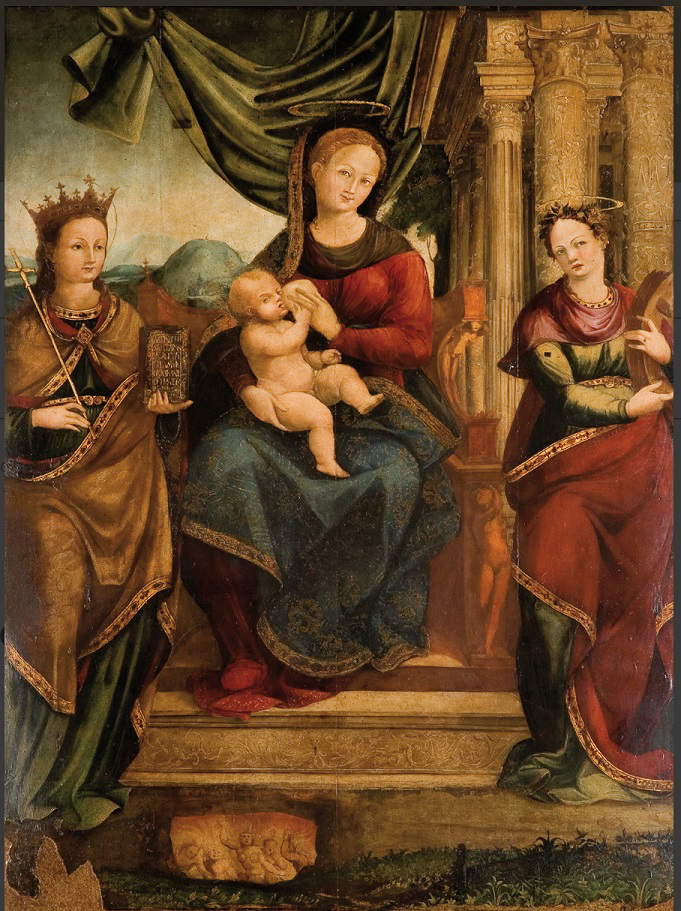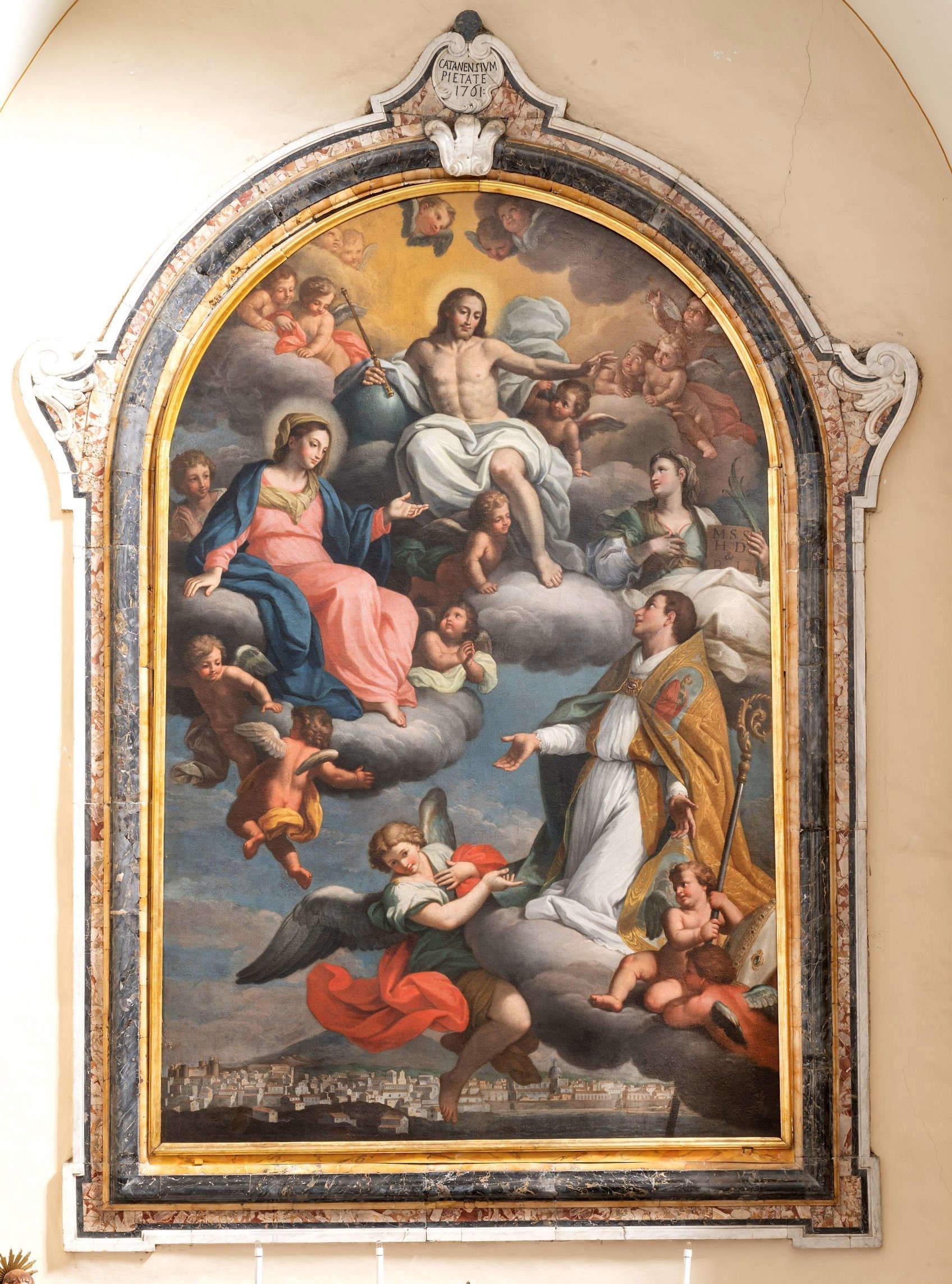When it is a superintendency that puts together an exhibition, there is a double guarantee that no other exhibition event will be able to give the visitor: the absolute certainty that the project has a solid scientific reason behind it and is not tickled by the goad of having to beat the cash. There is also something heroic about a choice that engages art historians, archaeologists and librarians as part of a sector, that of valorization, which from the Franceschini reform onwards for detractors would have been forever separated from protection (and instead this was not the case). Personnel already reduced to a trickle, with enormous workloads, whether in the MiC or in the branch office in Sicily, with the aggravation in the latter of superintendencies undermined by incongruous mergers, find the energy to remember that among their institutional tasks there’is that for which monuments, paintings, sculptures or archaeological finds cannot be subjected only to a preservation program, because in order to guarantee them their full cultural dimension, it is indispensable to make them accessible to all.
If only because of this premise, the exhibition promoted by the Catania Superintendency led by Donatella Aprile is worth a visit. Dai Monasteri e dai Conventi, at the Diocesan Museum of Catania until July 28 (catalog in process), is dedicated to the artistic heritage from religious orders in the Etna area and forfeited by the state in the aftermath of the Unification of Italy. Admission is free (possibility of out-of-hours visits to be arranged with the Diocesan Museum management: only these will be charged for). And this, too, is one more reason, a rarity in the “exhibition market.” The culture of profit, which is another thing from considering the nation’s cultural heritage as a resource, including an economic one, conflicts with the recognition of the latter as a common good, harming the right of citizens to be able to freely enjoy what is theirs.
It is, moreover, a zero-mile exhibition. Not only because it is the result of a collaborative relationship between territorial entities, organized by the Superintendence together with the Prefecture of Catania and in collaboration with the Archdiocese, the Diocesan Museum and the Fec, Fondo edifici di culto del Ministero dell’Interior, but also because the works, owned by the Fec and attributable to the main monastic orders widespread in Sicily, come from the area of Etna and the Calatino hinterland, such as Caltagirone, Militello and Mineo.





A territorially circumscribed field of research, but one that has the merit of offering a contribution in terms of study to a complex phase in the history of our country, such as the one in which the effects of the two post-unification laws of 1866 for the suppression of religious orders and corporations and 1867 for the liquidation of the Ecclesiastical Axis were measured, which entailed the eversion of the latter, with the consequent transfer of the patrimony of religious orders to the state. A contribution to studies underscored by Superintendent Aprile when she points out the two main thrusts of the exhibition in its intention to describe “not only the greatness and preciousness of the Church’s artistic, bibliographic and documentary heritage, but the great risk of dispersion of movable property that imposed on the young state the initiation of a rigorous and systematic activity of protection that preludes the issuance of today’s cultural heritage codes.” In short, if there was an exhibition that a superintendency had to make, it could only be this one.
In addition to the artistic narrative register, Dai Monasteri e dai Conventi has the merit, in fact, of developing in parallel the historical one, which frames the context of the time, the birth of liberal thought and the political debate on the separation of Church and State. A narrative that, as the editors rightly point out, “inevitably polarizes the dialectic between the ’reason of State’-that of King Victor Emmanuel II and the vision of Cavour determined to standardize Italian legislation to that of other Catholic European countries-and the ’reason’ of the Church-Pope Pius IX and senior members of the Clergy who until then had enjoyed civil, legal and economic privileges. A narrative in two voices that addresses and articulates the reasons of the one without neglecting the feelings of the other. In this case ’of the others’: the small and large communities of monks and friars invested by the eviction notice signed by the King of Italy and therefore in the grip of the understandable dismay and bewilderment of those who, in the span of a few days, lose their small world: their house, their poor belongings, their means of livelihood (from the gardens of the convents to the large fiefs granted to the monasteries by aristocratic families when their cadet son or second daughter took vows).”
The Catania exhibition is also a demonstration that the “formula” of the single superintendency, a Sicilian model of interdisciplinary knowledge and skills within the same institution “copied” by then-Minister Franceschini, is also a winner when it comes to enhancement, and not just protection. The exhibition, in fact, is divided on the two floors of the Diocesan Museum into three sections corresponding to as many thematic areas of the Soprintendenza’s operational units: artistic, archaeological and bibliographic. A Soprintendenza official contributed to each: Carmela Cappa, Franco La Fico Guzzo and Mariagrazia Patti (historical-artistic section); Ida Buttitta and Maria Lucia Giangrande (bibliographic section); and Maria Turco and Michela Ursino(archaeological section). A team coordinated by exhibition curator Roberta Carchiolo, an art historian from the same institute. As well as internal to the Superintendence are Carmela Di Blasi (registrar) and Albarosa D’Arrigo and Salvatore Girianni, who sign the exhibition design and technical direction.
The works on display, some 100 in number, including some for the first time, others on rare occasions, include altarpieces, panel paintings of the Antonellian school, illuminated manuscripts, ancient volumes, Roman epigraphs and archaeological finds, historical uniforms, commemorative busts and reliquaries, precious silver furnishings, sacred vestments and manuscripts from the centuries-old convent libraries.





The narrative of the exhibition unravels synchronically, according to thematic areas, each linked to a monastic order: Basilians, Carmelites, Dominicans, Franciscans, Augustinians, Mercedarians, Paulottians and Camillians, in individual rooms on the first floor of the museum, and Benedictines, the most powerful monastic order in Sicily, for whom the second floor is entirely reserved.
In the art-historical section there are several masterpieces of the 16th century, such as the Ascent to Calvary (signed and dated 1541), by Jacopo Vignerio, a 16th-century painter from Messina, a pupil of Polidoro da Caravaggio, who in turn frequented Raphael’s workshop: coming from the church of San Francesco all’Immacolata in Catania, the painting is recognized by scholars as a copy of remarkable workmanship of Raphael’s Spasimo di Sicilia at the Prado in Madrid. There is also the highly refined panel with Madonna and Child between Saints Agatha and Lucy of the Antonellian school, from the church of San Nicolò in Randazzo, no longer exhibited since the historic 1953 exhibition in Messina Antonello da Messina and 15th-century painting in Sicily; or anAnnunciation (1551) attributed to Francesco Frazzetto, a painter originally from Mineo, from San Nicolò in Militello in Val di Catania.
The archaeological section contains statuettes, vases, fibulae, bracelets, a selection of protohistoric bronzes, a marble relief with an orgiastic scene with Dionysus and two satyrs (1st century AD) and a red-figure glass with kneeling warriors, all pieces from the Benedictine collection and until now kept in the warehouses of Castello Ursino. Noteworthy works in the bibliographical section include a precious Basilian codex in Greek (11th or 12th century) on parchment from the Monastery of the Santissimo Salvatore in Messina; one of the first maps of the modern world made in 1511 by the geographer and humanist Bernardo Silvano with a new version of Ptolemy’s geography that already records, less than 20 years after Columbus’ voyage, the two Americas. A treat for garden and botany enthusiasts in the exhibition is also theHortus romanus, the illustrated catalog of the Botanical Garden of Rome published in 1770 by the French Bouchard and Gravier: a fabulous painted herbarium divided into eight volumes with 800 watercolor etchings documenting studies in the subject in the 17th century.
Capable of still generating “awe” in the contemporary visitor as an amplified form of wonder, the section devoted to the Wunderkammern, in the golden age of the late 16th and early 17th centuries, recreates the atmosphere of those improper and unlikely juxtapositions and consonances, comparable to the still lifes of theperiod, displaying curiosities and mirabilia from the collections of the religious, attesting on a par with private collections, to that spasmodic search for the exceptional, the bizarre but also the opulent, such as the ivory puzzle of Chinese origin, or the “little mermaid,” a curious musical instrument that reproduces birdsong.
As unusual as it is precious, finally, is the small room dedicated to women’s monast icism that concludes the exhibition, where a number of sacred furnishings belonging to women’s monasteries, silver and silk frontals, sacred silverware and photographs documenting current life in the monastery are displayed.
A somewhat fragmented exhibition itinerary, but always accessible and enjoyable even for non-specialists, thanks to clear and effective layout choices that allow one to follow the interweaving of the many themes explored by the scholars of the Catania Superintendency in the course of their research.
Warning: the translation into English of the original Italian article was created using automatic tools. We undertake to review all articles, but we do not guarantee the total absence of inaccuracies in the translation due to the program. You can find the original by clicking on the ITA button. If you find any mistake,please contact us.